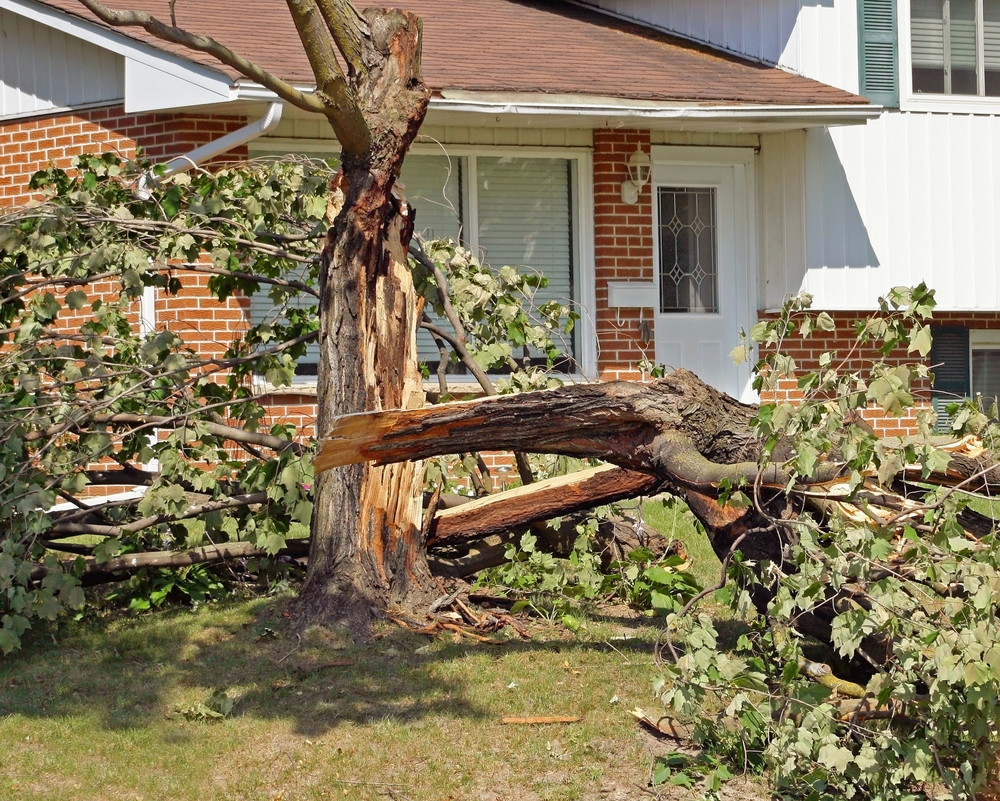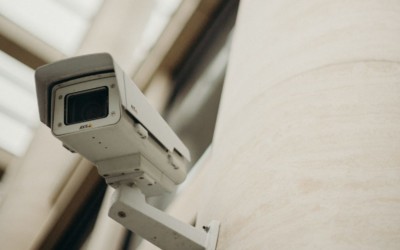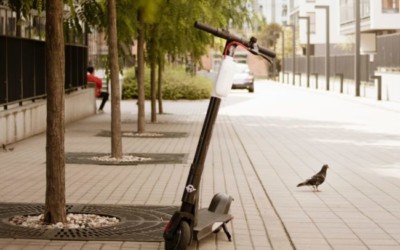Storm Safety – Post Storm Checklist

As we all work to get back to our routines following the weekend’s storm, we thought we would put together a checklist of sorts to ensure you and your property isn’t at further risk. Here is a list of several things to consider in Dorien’s aftermath.
Immediate Safety Threats
Many across HRM are still experiencing power outages. If your power is out, it’s important to check for downed power lines that could present a safety hazard. Never touch or move a downed power line, even if it looks inactive. If you’re experiencing any issues with water, it’s key to ensure that drinking water is still safe for consumption. For many areas, a boiling order is in effect. You can check the status of your water here.
Insurance
If your property has suffered storm damage, you should contact your home insurer as soon as possible. Your agent can help you locate reliable repair companies, determine the type of damages your homeowners policy will cover, and perhaps even help pay for additional living expenses if your home is temporarily uninhabitable.
Roof and exterior siding
After the storm has subsided, it is a good idea to inspect your roof for dents, broken shingles, and holes. If damage is apparent from the ground, hire a professional to come take a closer look. Do not attempt to inspect the roof further yourself. Be sure to take note of any damage to your home’s gutters, downspouts, and exterior siding. Even small nicks and dents can be problematic down the road.
Outdoor structures
Detached garages, storage sheds and/or fences are all vulnerable to storm damage. Be sure to inspect these sooner than later to prevent damage to the contents inside.
Appliances
It may not seem like an obvious threat, but be sure to check on interior appliances such as your washer, dryer, dishwasher and refrigerator. Your appliances could sustain considerable damage due to hazards like water leaks and power surges. If you have experienced a power outage, as soon as power is resumed, test home appliances and systems to ensure everything’s still safely functioning as it should.
Attics, crawlspaces and basements
Crawlspaces, attics and basements are known for mold growth, rot and water damage on a good day. If water seeps into your home after a storm, it could result in both structural damage and destroyed valuables.
Floors, ceilings, windows and doors
Be sure to inspect floors, doorways, windows and ceilings for signs of leaks, warping, cracks, water damage and bulging or broken glass. Shattered windows, sunken ceilings, warped door frames and soaked carpeting can all lead to serious structural damage.
Document any and all damage
While going through the damage checklist, be sure to take photos and/or video of any damages you come across. Even small details should be documented. If you incur any costs repairing storm damage, hold on to any receipts and invoices should you need to compile an estimate of your losses.
Most importantly, stay safe!






















